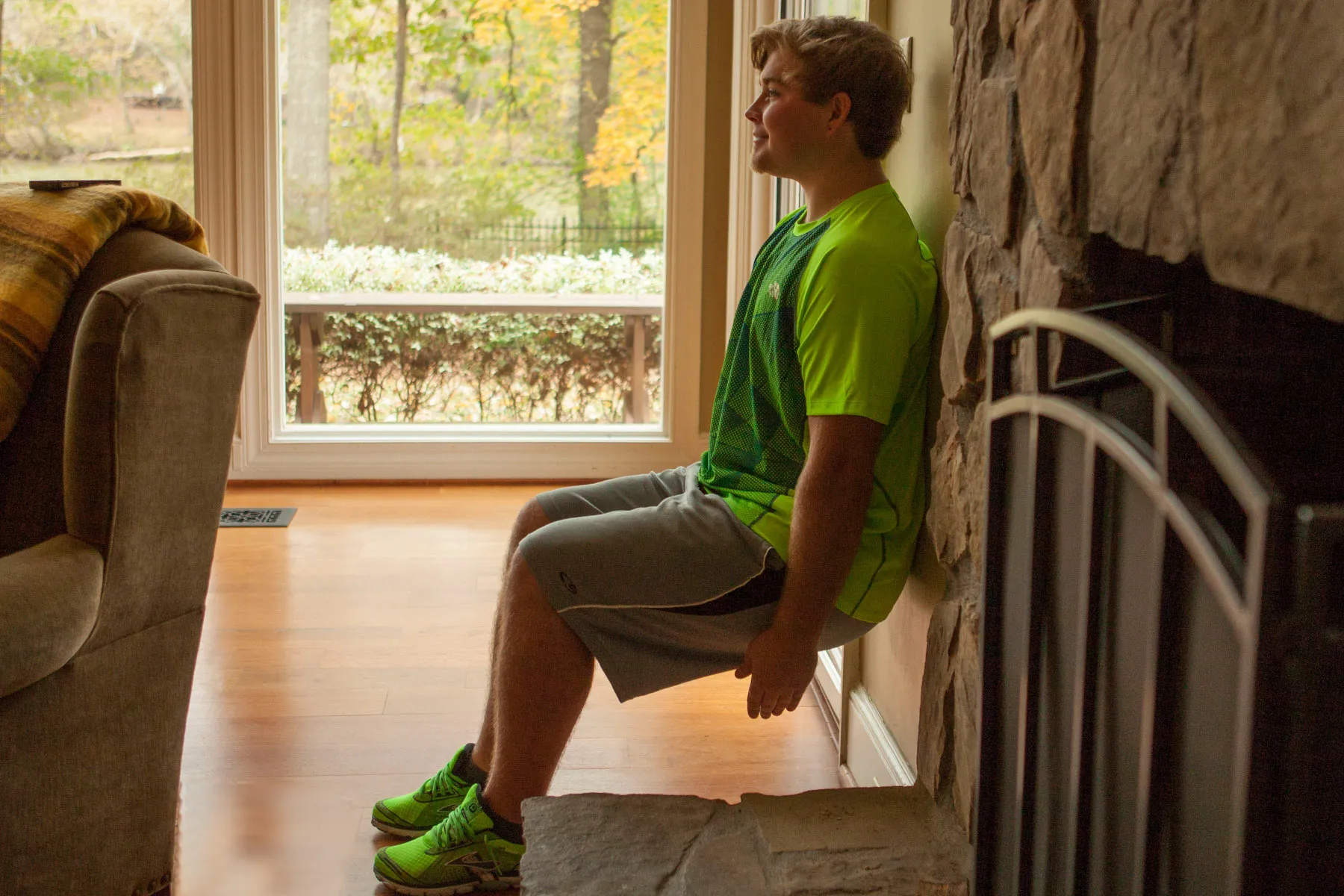As more data has emerged about telehealth after the initial spike in March 2020, many industry-watchers, providers and patients are seeking to dig into who’s using virtual care – and who’s eased off.
But it’s not just about the “who,” notes Sanjula Jain, chief research officer at the predictive analytics company Trilliant Health. It’s about the “why” and “how” too – why are some people sticking with virtual care, and how are they choosing to engage with it?
“When you put the payers together, about 15% of Americans used telehealth during the peak of the pandemic,” said Jain in a recent interview with Healthcare IT News.
She said 2020 was a year of “forced adoption” where telehealth was concerned. Patients, out of fear of going to a doctor’s office, opted for phone or virtual visits where they could. Now, she said, “we’re seeing that tapering.”
In Jain’s view, telehealth’s user base is fairly defined: The most frequent users are commercially insured women ages 30 to 39.
“In a nutshell, telehealth is a commodity good,” she said. And of the typical healthcare user profiles, she said, only a few have a propensity to use virtual care.
In other words, she argues, discrete population segments are driving the demand for virtual care.
“There are some consumers who will never engage in telehealth,” she said – regardless of ease of access or perceived risk of in-person services.
She believes patients’ reasons for using (or not using) telehealth have been largely overlooked.
Yes, many people may face technological hurdles, including broadband, device literacy and tool capacity. But other factors should also be taken into account, such as the fact that hearing loss can disrupt audio-only services, or the social aspects of seeing a doctor in person.
She invites stakeholders to consider the question: “Is there a population that maybe used it once or twice and stopped using it? Let’s unpack why.
“If we take an individual user’s behavior, and understand those behaviors, that’s going to change the equation of how we think about users,” she said.
Jain likens user preferences to the typical order sizes at Cold Stone Creamery, a national ice cream chain: “like it,” “love it” and “gotta have it.”
Translated to virtual care: Some consumers like telehealth, some love it, and some see it as essential.
“People like ice cream, but are different in the way they consume it,” she said.
Such segmenting is particularly important considering the influx of players into the telehealth space, particularly over the past few years.
“As an economist, it comes down to the basics of supply and demand,” said Jain. In this case, she said, “supply exceeds demand.” She believes many companies are banking on a faction of latent demand that will be driven by permanent reimbursement changes.
Others, she said, have built their model on a specific user base, aiming for high utilization.
“It’s not to say that virtual care companies won’t be successful, but you have to know the bounds of your consumer base,” she said. “It doesn’t mean you can’t build a viable business around it.”
Kat Jercich is senior editor of Healthcare IT News.
Twitter: @kjercich
Email: kjercich@himss.org
Healthcare IT News is a HIMSS Media publication.
Note: This article have been indexed to our site. We do not claim legitimacy, ownership or copyright of any of the content above. To see the article at original source Click Here












